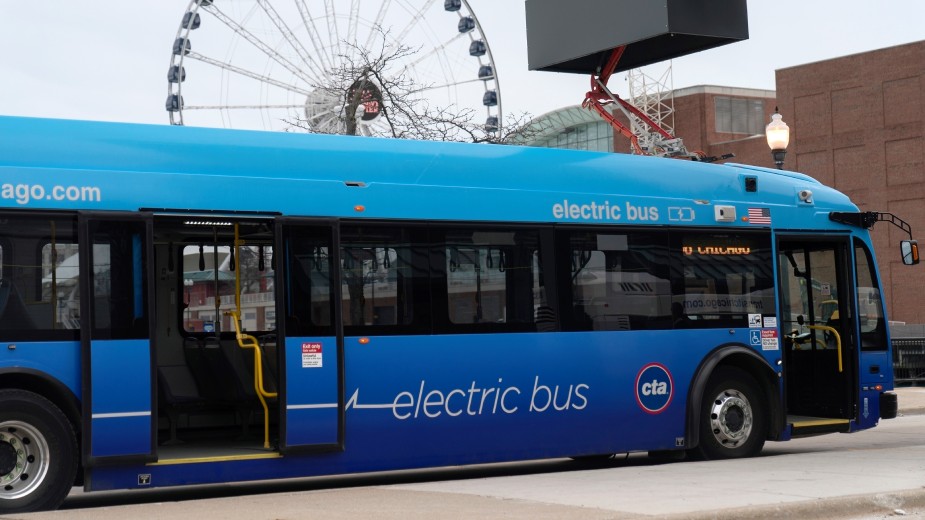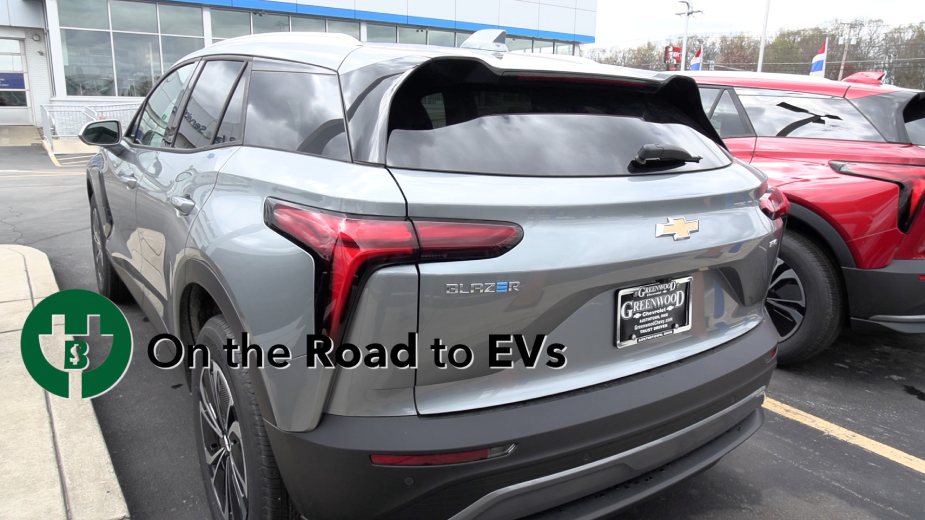GM Gives Customers In-Depth Look Inside Ultium Battery Cells
DETROIT – Eight months after the initial Ultium platform reveal, General Motors announced an update including “more energy density, lowered projected costs and increased range.”
Unique to traditional cylindrical batteries, Ultium cells are high-energy pouch cells with modular designs. The pouch design utilizes less space and can stack both horizontally and vertically. Ultium’s large-format 100 amp-hour cells produce the power equivalent to 20 small cylindrical ones.
Additionally, the cells are able to support EVs of every shape and size, both electrically and physically. Battery options scale range from 50-kilowatt hours to over 200-kilowatt hours, enabling ranges of at 300-450 miles on a full charge.

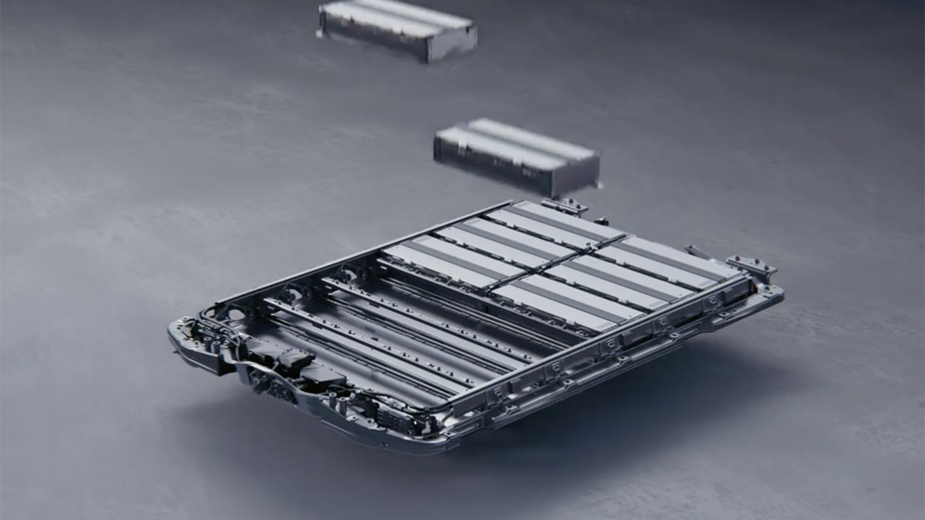
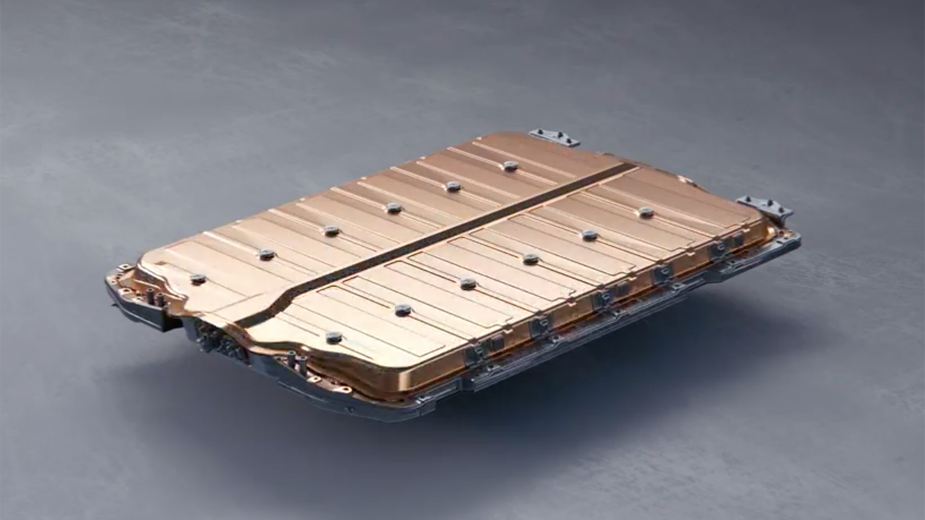
Stacking battery pouch cells broadens the possibilities for engineering. GM says this technique is unique to the industry.
This saving of space is continued by electric components which GM says “will be embedded within the modules, eliminating 80 percent of the battery pack wiring compared to today’s batteries.”
The reduced height of the batter module under the second row will give a second row of passengers additional comfort in riding and add 22-kilowatt hours of energy storage in that space.


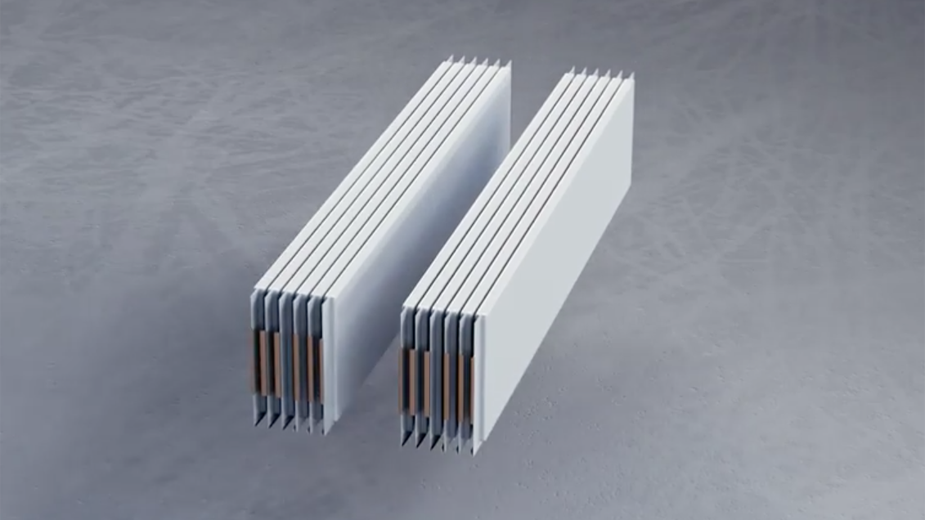

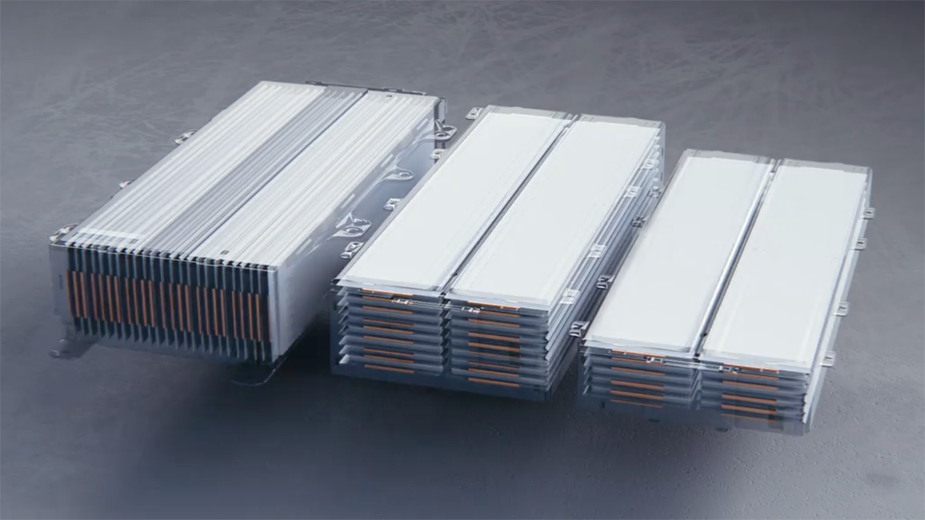
Ultium battery cells include “state-of-the-art,” Nickel Cobalt Manganese Aluminum chemistry. This is designed to reduce the content of cobalt in the batteries by over 70%.
GM says they also are continuing to “push the limits of ethical sourcing and high-quality raw materials.” They also are focusing on reducing costs and sourcing materials from North America as much as possible.
Since May 2020, GM and LG Energy Solution have begun construction and combined electrochemical expertise to manufacture the Ultium pouch cells in the Ohio, Ultium Cells LLC plant, where they said there would be 30 gigawatt hours of capacity to allow in-house battery manufacturing. This was planned to make EVs more affordable to drivers.

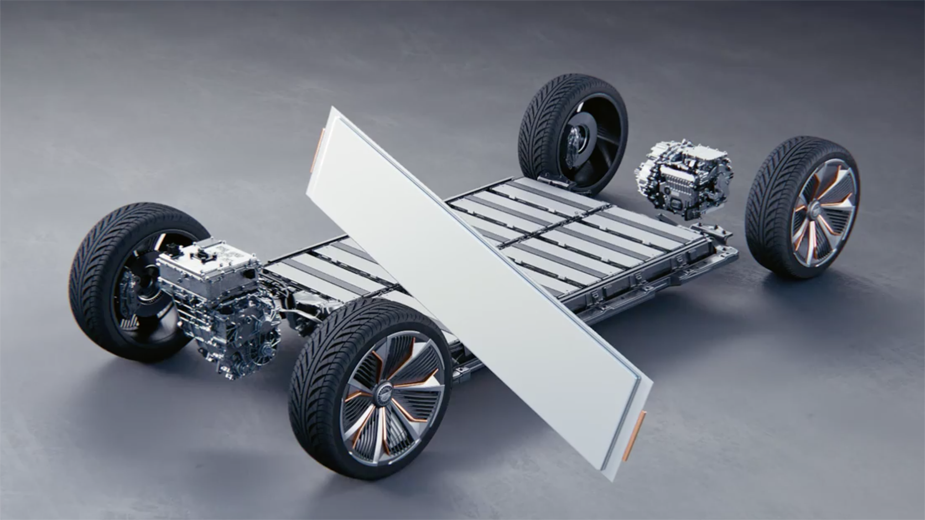
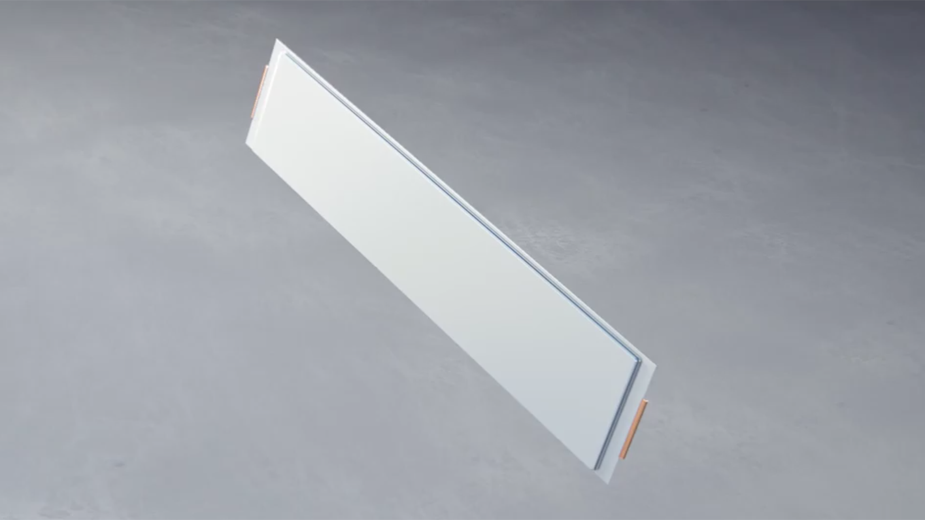
Custom-tailor energy and range requirements can be met by Ultium packs, which contain multiple combinations of modules that can be delivered to EV models for Buick, Cadillac, Chevrolet and GMC products.
Depending on vehicle requirements, Ultium battery packs can house between six and 24 of these modules. GM says this “allows for more freedom in the product design process.”
“With fewer moving parts and no need to design around gas tanks, engines, radiators or exhaust pipes, our Ultium battery packs can be arranged to optimize height and length of the vehicle for aerodynamics, aesthetics, comfort, drive feel and storage,” GM says.
Source: General Motors
Published by The Business Journal, Youngstown, Ohio.
